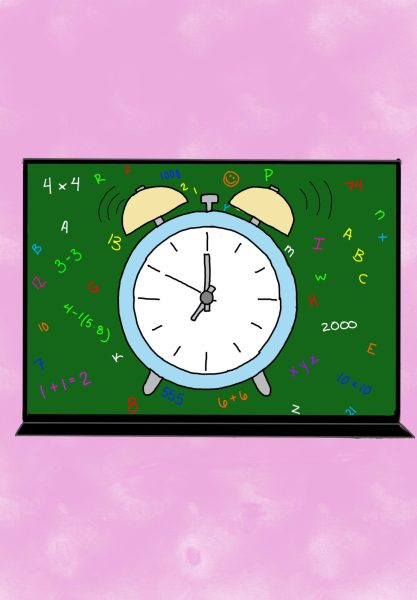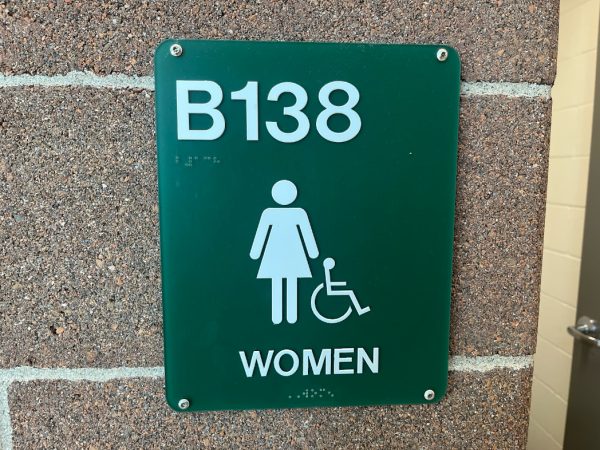Mead staff should promote concurrent enrollment as much as they do AP (Editorial)
Concurrent enrollment classes, because of their many benefits, should be publicized by counselors and admin at Mead High at the same rate as AP
AP classes are strongly pushed despite their drawbacks.
Editorials are articles written by a publication’s editors to express a shared opinion or discuss a topic editors think needs more attention. These articles are meant to persuade readers and to promote critical thinking while sometimes encouraging people to take action.
Concurrent enrollment is offered at many high schools across the nation: it consists of high school students’ dual-enrollment at a local community college and taking classes through the college and the high school simultaneously. College courses could be taken online, at the high school, or at a nearby college campus.
Through Front Range, FRCC classes taught at the high school are made into concurrent classes.
The concurrent enrollment courses at MHS count both towards a student’s college and high school transcripts.
AP (Advanced Placement) classes, while adding to your current high school transcript and making it stand out as well as weighting your GPA, do not guarantee transferable college credit like concurrent classes do. The optional exam at the end of an AP class is meant to count towards credit in college later.
Many colleges will not take this subjective credit, though, and if they do, it’s likely they’ll only accept scores of four and five (often just a five).
MHS takes pride in the academic standing of students and often pushes AP classes through meetings with each graduating class, structuring schedules, and student conversations with administration, teachers, and counselors.
This isn’t inherently a bad thing.
The problem, however, comes when students are not fully versed in or encouraged to take concurrent enrollment classes, and are — instead — told they should pack their schedules with APs.
Aggressive student burnout kicks in as students scramble to make their high school transcripts as appealing as possible to college admission offices. Students who push AP after AP onto themselves are not being told the downsides of this approach — AP doesn’t even guarantee transferable credit and though it weighs your GPA, this is only truly relevant if a student receives an A in the course because that counts as a 5.0.
And, often, colleges don’t even request a weighted GPA.
Despite all this, from our perspective, there continues to be fewer meetings and announcements about concurrent enrollment opportunities compared to AP.
We do understand that when students ask about a topic they’re interested in, counselors and administrators will certainly share more information about concurrent enrollment; however, unless the student is already aware of the course offerings, they often are not given information on concurrent enrollment.
But this shouldn’t be the case. Upperclassmen should be equally presented with both options from the very beginning.
Concurrent enrollment classes do look good on a transcript, but they aren’t given the same attention as AP. They are not weighted at the high school level, at least at MHS, and they often don’t correspond with the school schedule.
And, though classes aren’t actual time releases considering they’re often intense, work-heavy college classes, they are counted as off blocks for upperclassmen. This means if a student is taking eight classes and two are through concurrent enrollment, they cannot have any “additional” off blocks.
This tells students that concurrent classes aren’t important or “don’t count”. They are put at the same level as grade level courses (if not lower) while AP is praised and encouraged above all and everything else.
Your donation will support the student journalists of Mead High School. Your contribution will allow us to purchase equipment and cover our annual website hosting costs.











Rachel • Nov 3, 2022 at 10:52 am
As a parent of a recent SVVSD graduate, I have to say I agree with this editorial. I wish that my child had taken more concurrent enrollment and fewer AP courses. Although my child enjoyed the challenge of the AP classes, they are not proving as beneficial in the college setting as concurrent enrollment classes would have been. I think both are good choices, but there should be more options for concurrent enrollment, and more encouragement for students to take them.